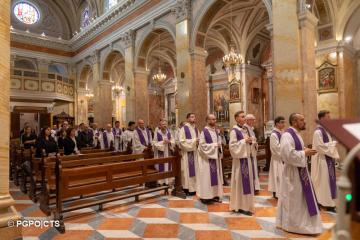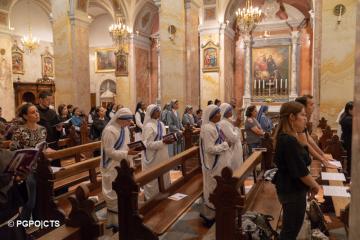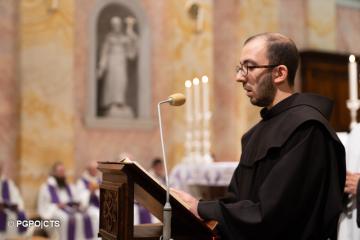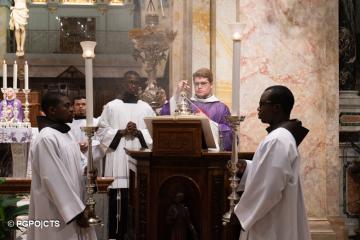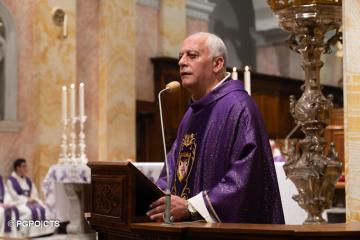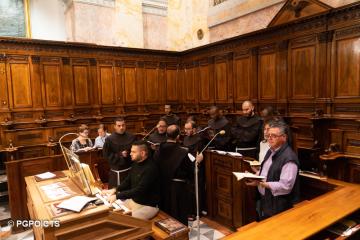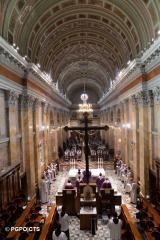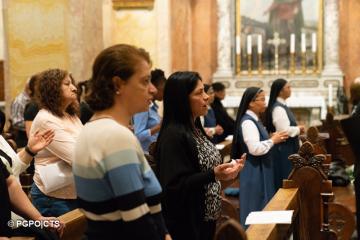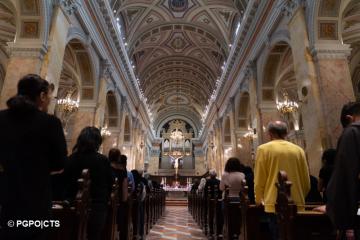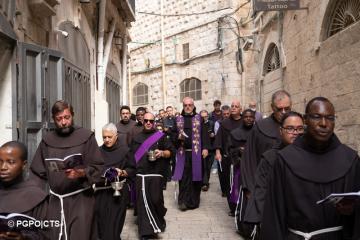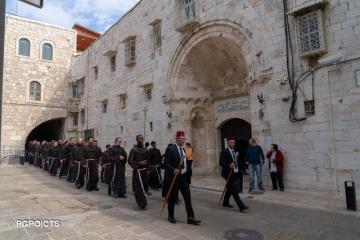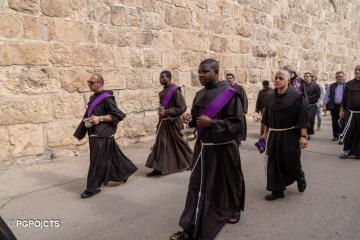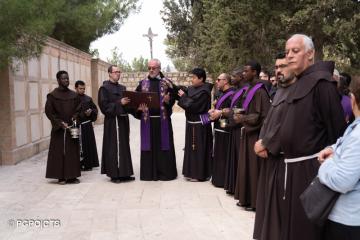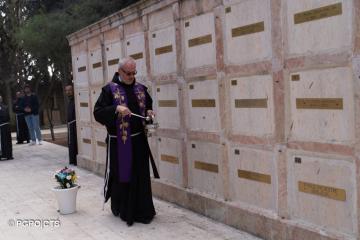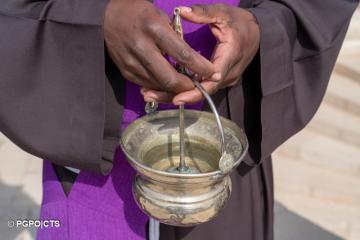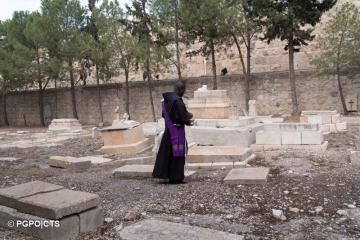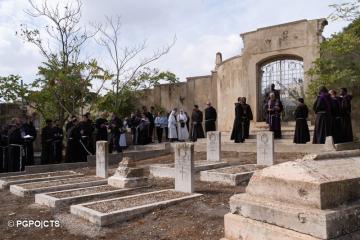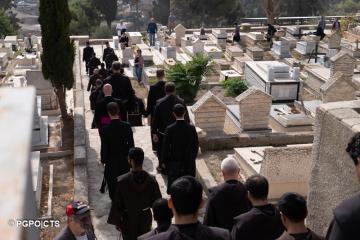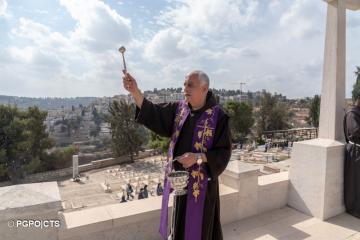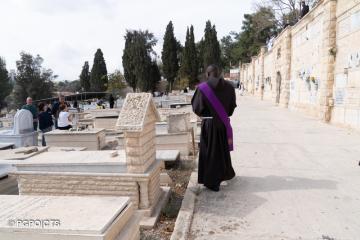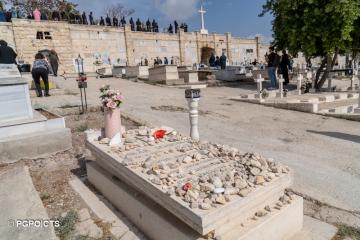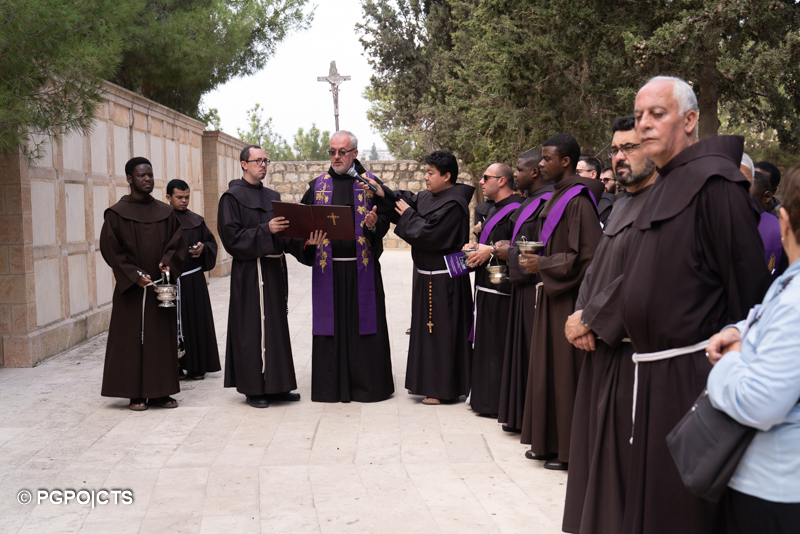
For the Universal Catholic Church, 2 November is a day of union and spiritual communion with the deceased. In Jerusalem too this day has a particular resonance for the local Catholics and there are a number of traditions linked with this day.
Counted amongst the holy days of obligation thanks to the liturgical reform started by Vatican Council II, this very old celebration was officially recognized as a feast day in the distant 14th century with the name of "Anniversarium Omnium Animarum". The Latin Church traces this rite back to the Benedictine St Odilon of Cluny who, as early as 998, with the Cluniac reforms, established that the bells of the abbey were to be rung with funeral tolls after the vespers on 1 November, to celebrate the dead and the Eucharist would have been offered to them the following day. Union with the souls of the faithful departed has therefore been kept since early times, as a union with the Paschal mystery, in the certainty that, like Christ, all the baptized go through death to enjoy eternal life.
In Jerusalem, the celebration is divided into different parts: Holy Massin Arabic, at the Latin parish of the Old City, and the procession towards Mount Sion to the three Catholic cemeteries.
Religious men and women, local and international faithful were numerous in taking part, starting from the Holy Mass. It was presided by the parish priest of St Saviour’s church, standing in the Old City of Jerusalem, Fr. AmjadSabbara. "Jesus says, “I am the way, and the truth and the life" for us, today in particular, this becomes a project of life: these words suggest that to understand what eternal life is, we have to follow the steps of Jesus Risen, walk towards him and with him,” said the parish priest, commenting on the Gospel passage that had just been read.
"In Franciscan spirituality as well, we find deep importance for this day,” continued Fr. Amjad. "In fact, the first thing that St Francis asked Jesus and Mary was to take everyone to Paradise, because our life does not end here, but goes further, and we Franciscans live in continuity with this teaching.”
After the Holy Mass, a group of Franciscan friars, preceded by the Kawas, went in the traditional procession towards the three cemeteries on Mount Sion: that of the Franciscan friars, the cemetery of foreigners and, lastly, that of the eparishioners. In each of these, there was a moment of prayer followed by the blessing of the tombs, the incensation, and their aspersion with Holy Water.
Several local faithful made the traditional visit to the tombs of their loved ones, to leave a flower or a lit candle as a sign of remembrance.
It is a day lived with intensity and with great participation by the local Catholics in Jerusalem and the neighboring areas of Beit Hanina, Beit Fage, and Beit Safafa in various ways. One of the local traditions is to offer artisanal sweets based on fried fruit, mainly raisins and dates, for all the three days when the cemeteries are open to offer to those visiting the tombs of their loved ones. It is a symbol of the sweetness and joy that our loved ones are experiencing now, seated at the great banquet of the Kingdom of Eternity.
Giovanni Malaspina


